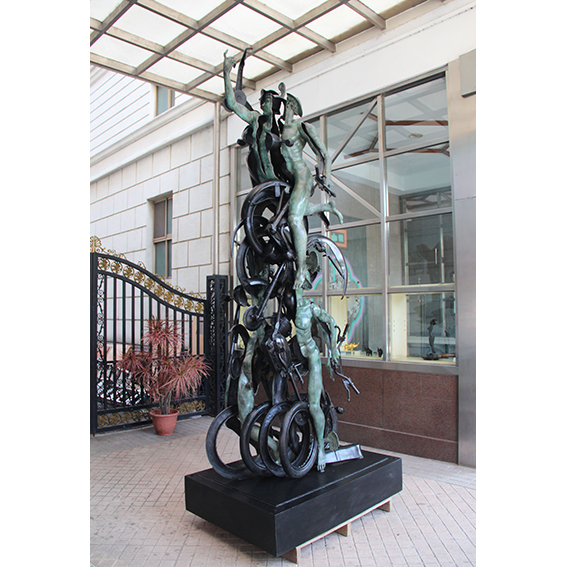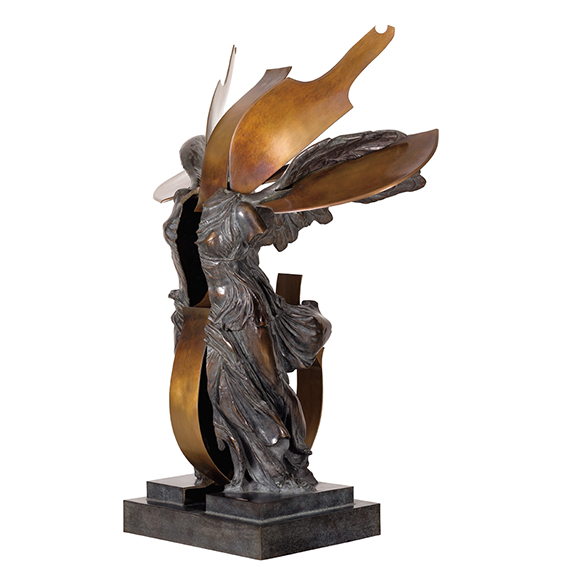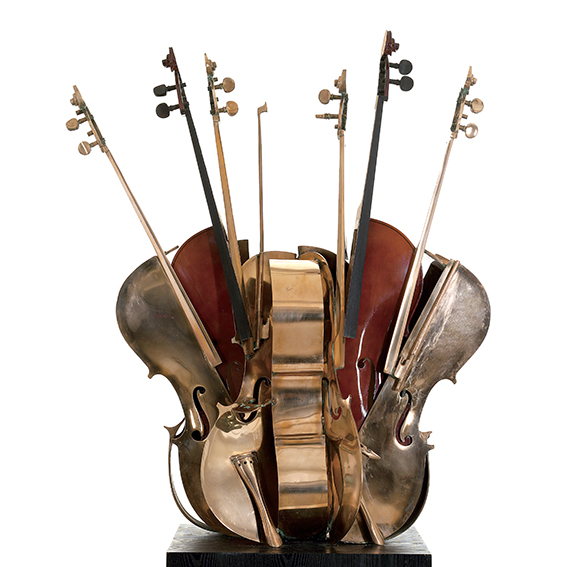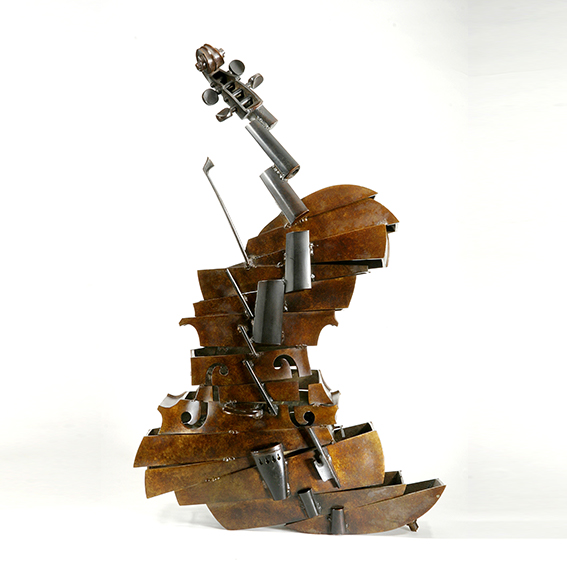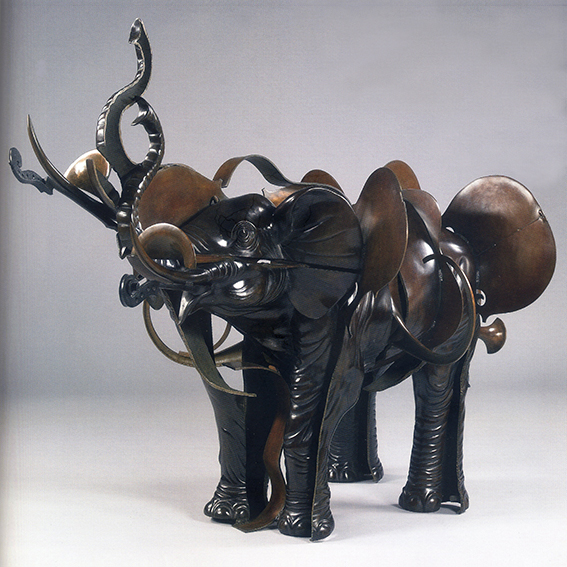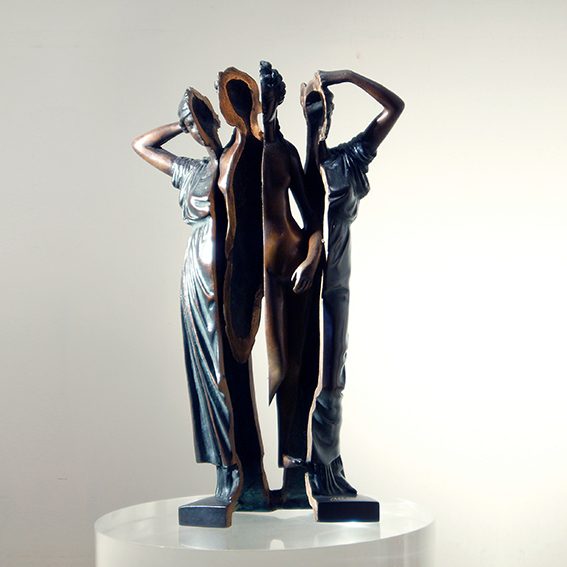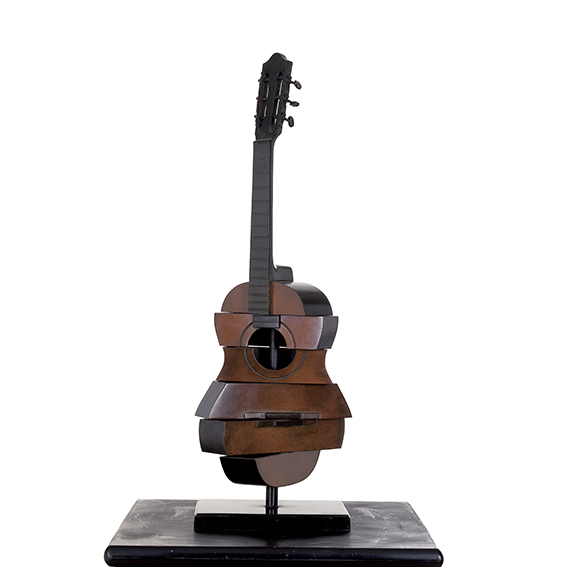A Bronze Monument Amid the Urban Flow
In the heart of Taichung’s Calligraphy Greenway, between Civic Square and Park Lane by CMP, stands a striking bronze sculpture over 3.6 meters tall. Entitled DHL (1988), this unique work by French sculptor Arman (1928–2005) fuses mythological themes with modern mechanics. Mercury, the Roman god of speed and communication, is reimagined in a whirlwind of tires and motorbike parts—an embodiment of divine velocity and the logistical revolution of our times.
While casual passersby might view it as urban ornamentation, art historians recognize DHL as a seminal work of Arman's signature style: accumulation sculpture. For Taiwan’s public, it also represents a decades-long cultural effort—spearheaded by curator and gallerist Shih Li-ren—to introduce and embed postwar European art into the fabric of Asian cities.
Arman: From Everyday Objects to Mythological Assemblage
Born in Nice in 1928, Armand Pierre Fernandez—known simply as Arman—was a founding member of the Nouveau Réalisme (New Realism) movement in 1960, alongside Yves Klein, César, and Jean Tinguely. His works are internationally acclaimed for transforming everyday objects into poetic, symbolic forms.
Arman's practice involved cutting, burning, compressing, and stacking found objects: violins, bicycles, clocks, utensils—fragments of modern life, reassembled as layered memories. As he once remarked, “I don’t make objects. I sculpt the traces of memory and history.”
In DHL, Arman fuses the classical figure of Mercury with the dynamic silhouette of a modern courier. The contrast between oxidized bronze and blackened mechanical forms creates a tension between speed and weight, myth and machine—capturing Arman’s unique ability to sculpt time itself.
Arman Around the World: Public Art and Legacy
Arman’s monumental works are featured in public spaces and major museums worldwide:
- L’Heure de tous (The Time for All), a wall of stacked clocks outside Gare Saint-Lazare, Paris
- Consigne à vie, another stacked installation at the same site, symbolizing the anxiety of industrial time
- Permanent collections at the Centre Pompidou, MoMA, Guggenheim Museum, Hirshhorn Museum, and the Palais de l’Élysée

